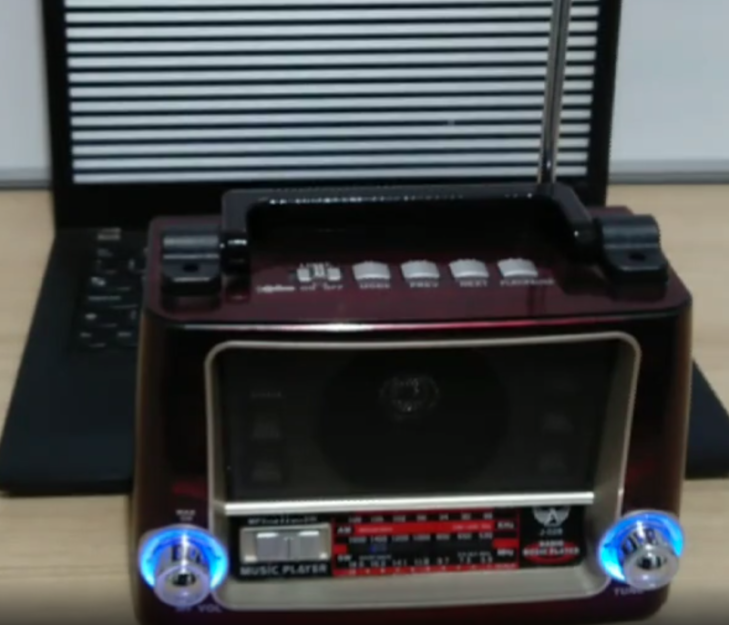In 1985, [Wim van Eck] published several technical reports on obtaining information the electromagnetic emissions of computer systems. In one analysis, [van Eck] reliably obtained data from a computer system over hundreds of meters using just a handful of components and a TV set. There were obvious security implications, and now computer systems handling highly classified data are TEMPEST shielded – an NSA specification for protection from this van Eck phreaking.
Methods of van Eck phreaking are as numerous as they are awesome. [Craig Ramsay] at Fox It has demonstrated a new method of this interesting side-channel analysis using readily …read more
 Continue reading TEMPEST In A Software Defined Radio→
Continue reading TEMPEST In A Software Defined Radio→


